Unlocking the Power of Laser Cutting: A Material Guide
Choosing the right laser cutting materials is crucial for achieving professional results. This guide provides a concise overview of the top 8 materials for laser cutting in 2025. Discover the properties, ideal applications, and limitations of materials like acrylic, wood, metal, fabric, and more. Whether you're a seasoned engineer or a DIY enthusiast, this list helps you select the best material for your next laser cutting project. Stop wasting material on test cuts and start creating with confidence.
1. Acrylic (PMMA)
Acrylic (Polymethyl Methacrylate, or PMMA), frequently tops the list of go-to laser cutting materials, and for good reason. Its versatility, combined with how well it reacts to laser cutting, makes it a favorite for a broad range of applications, from industrial manufacturing to hobbyist projects. If you're exploring laser cutting materials, understanding the properties and potential of acrylic is essential.
Acrylic is a thermoplastic, meaning it softens and melts under heat, making it ideal for laser cutting. The laser beam cleanly vaporizes the material, resulting in polished, smooth edges that often require no additional finishing. This clean cut is a significant advantage over other cutting methods like sawing, which can leave rough edges and require extensive post-processing. This characteristic alone makes acrylic a top contender among laser cutting materials.
Key Features and Benefits:
- Exceptional Optical Clarity: Boasting 92% light transmission, acrylic offers excellent clarity, making it perfect for applications requiring transparency, like signage, display cases, and light fixtures.
- Variety of Options: Acrylic is available in a wide range of colors, thicknesses (from 0.5mm to 25mm), and finishes (transparent, translucent, and opaque), providing ample design flexibility. This versatility contributes to its popularity across diverse laser cutting projects.
- Precise and Detailed Cuts: Acrylic laser cuts with exceptional precision and detail, allowing for intricate designs and fine features. This precision is crucial for applications like creating custom stencils, intricate jewelry, and detailed models.
- Durable and Impact Resistant: Significantly stronger than glass (17 times, in fact!), acrylic offers good impact resistance and durability, making it suitable for applications requiring robustness.
- UV and Weather Resistant: Acrylic's resistance to UV degradation and weathering makes it suitable for outdoor applications like signage and architectural elements.
- Formability: Acrylic can be bent and shaped using heat, opening up possibilities for creating 3D structures and adding another dimension to your laser cutting projects.
- Smooth, Polished Edges: The laser cutting process produces smooth, polished edges on acrylic, often eliminating the need for additional finishing processes like sanding or polishing. For ultra-clear edges, flame polishing can be employed.
Practical Applications:
- Signage and Displays: Acrylic's clarity and availability in various colors and finishes make it ideal for creating eye-catching signs, displays, and point-of-purchase displays.
- Decorative Items: From personalized gifts and awards to intricate artwork and home décor, acrylic lends itself well to creating a wide range of decorative items.
- Prototyping: Acrylic is a popular choice for rapid prototyping due to its ease of cutting and machining, allowing designers to quickly create and test product designs.
- Architectural Models: The precision of laser cutting and acrylic's ability to be formed makes it perfect for creating detailed architectural models.
- Protective Barriers/Screens: Acrylic sheets can be used to create protective barriers and screens, particularly useful in settings requiring hygiene and social distancing.
Pros:
- Creates clean, sealed edges when laser cut.
- Excellent material for intricate designs and fine details.
- Durable with good impact resistance.
- Can be bent using heat for 3D applications.
Cons:
- Can produce harmful fumes when cut (proper ventilation is absolutely required).
- Scratches relatively easily compared to glass.
- More expensive than some alternative plastics like PETG.
- Flammable and can crack under excessive heat.
Implementation Tips:
- Ventilation: Always ensure adequate ventilation when laser cutting acrylic due to the release of fumes.
- Masking: Applying masking tape to the acrylic sheet before cutting can help protect the surface from scratches and residue.
- Speed and Power Settings: Optimize laser cutting settings (speed and power) based on the thickness and color of the acrylic. Start with lower power and higher speed and adjust incrementally to achieve the desired cut.
Website: Plexiglas (Note: Plexiglas is a specific brand of acrylic)
Acrylic earns its place at the top of laser cutting materials lists due to its versatile nature, precision cutting capabilities, and the range of creative possibilities it offers. Whether you're a seasoned professional or a hobbyist exploring the world of laser cutting, acrylic is undoubtedly a material worth considering for your next project.
2. Wood and MDF
Wood and Medium-Density Fiberboard (MDF) are staples in the world of laser cutting materials, prized for their versatility and wide range of applications. From intricate crafts to robust furniture components, these materials offer a compelling blend of affordability, workability, and aesthetic appeal. Natural woods like birch, maple, and cherry bring unique grain patterns and rich colors to the table, making them ideal for decorative items, personalized gifts, and high-end finishes. MDF, on the other hand, offers a smooth, consistent surface free of knots and grain variations, perfect for projects requiring uniformity and predictability. Both materials engrave beautifully, allowing for detailed designs and varying depths of texture. Laser cutting thicknesses generally range from 1mm to 10mm, depending on the laser power and specific material properties.
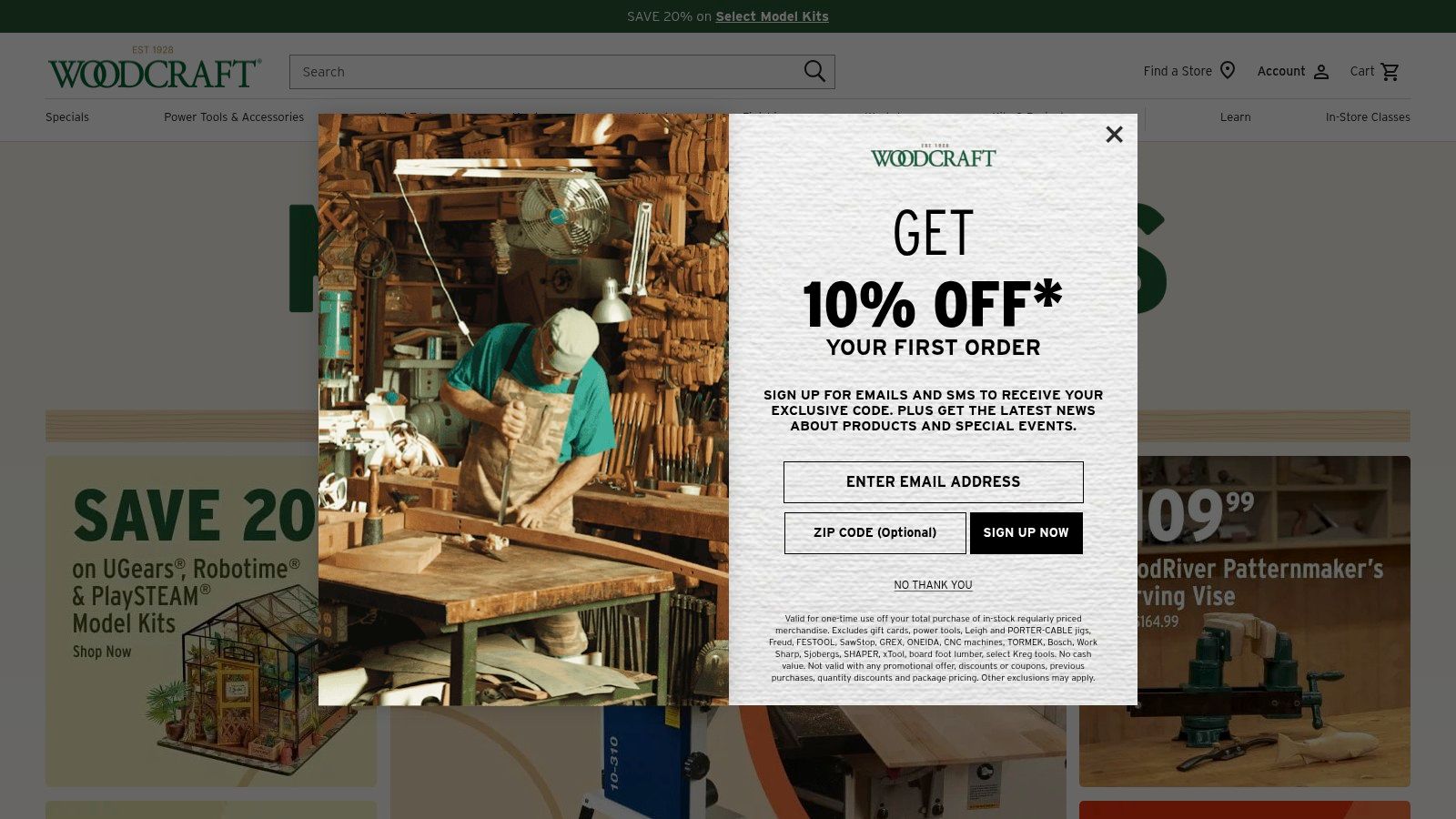
Wood and MDF are popular laser cutting materials for a multitude of reasons. They are relatively inexpensive compared to materials like acrylic or metal, making them accessible for hobbyists and professionals alike. Their environmental friendliness, especially when using sustainably sourced wood, is a growing consideration for eco-conscious creators. Both wood and MDF are suitable for both structural and decorative applications. Think architectural models with intricate facades or robust furniture components with detailed engravings. Furthermore, their compatibility with various finishes, including stains, paints, and sealers, opens up a world of possibilities for customization. Learn more about Wood and MDF You can find various types of wood and MDF at suppliers like Woodcraft.
While these materials offer numerous advantages, it’s important to be aware of their limitations. Laser cutting wood and MDF can produce burn marks on the edges, often requiring sanding or other finishing techniques. The natural variations in wood grain can sometimes affect cutting consistency, potentially requiring adjustments in laser settings. Both materials produce smoke and residue during the cutting process, necessitating proper ventilation and extraction systems. It's particularly important to note that MDF contains formaldehyde resins, which release harmful fumes when cut. Appropriate safety measures, such as respiratory protection, are crucial when working with MDF.
Despite these drawbacks, the versatility, affordability, and aesthetic qualities of wood and MDF solidify their place as essential laser cutting materials. Understanding their specific properties and limitations empowers users to leverage these materials effectively and create stunning, functional pieces.
3. Cardboard and Paper
Cardboard and paper are incredibly versatile laser cutting materials, offering a balance of affordability, ease of use, and creative potential. These cellulose-based materials are ideal for a wide range of applications, from rapid prototyping and packaging design to intricate artistic endeavors and educational projects. Their low power requirements make them particularly well-suited for hobbyist laser cutters and educational settings. Whether you're crafting bespoke packaging, designing intricate paper art, or developing architectural models, cardboard and paper offer a compelling entry point into the world of laser cutting materials.
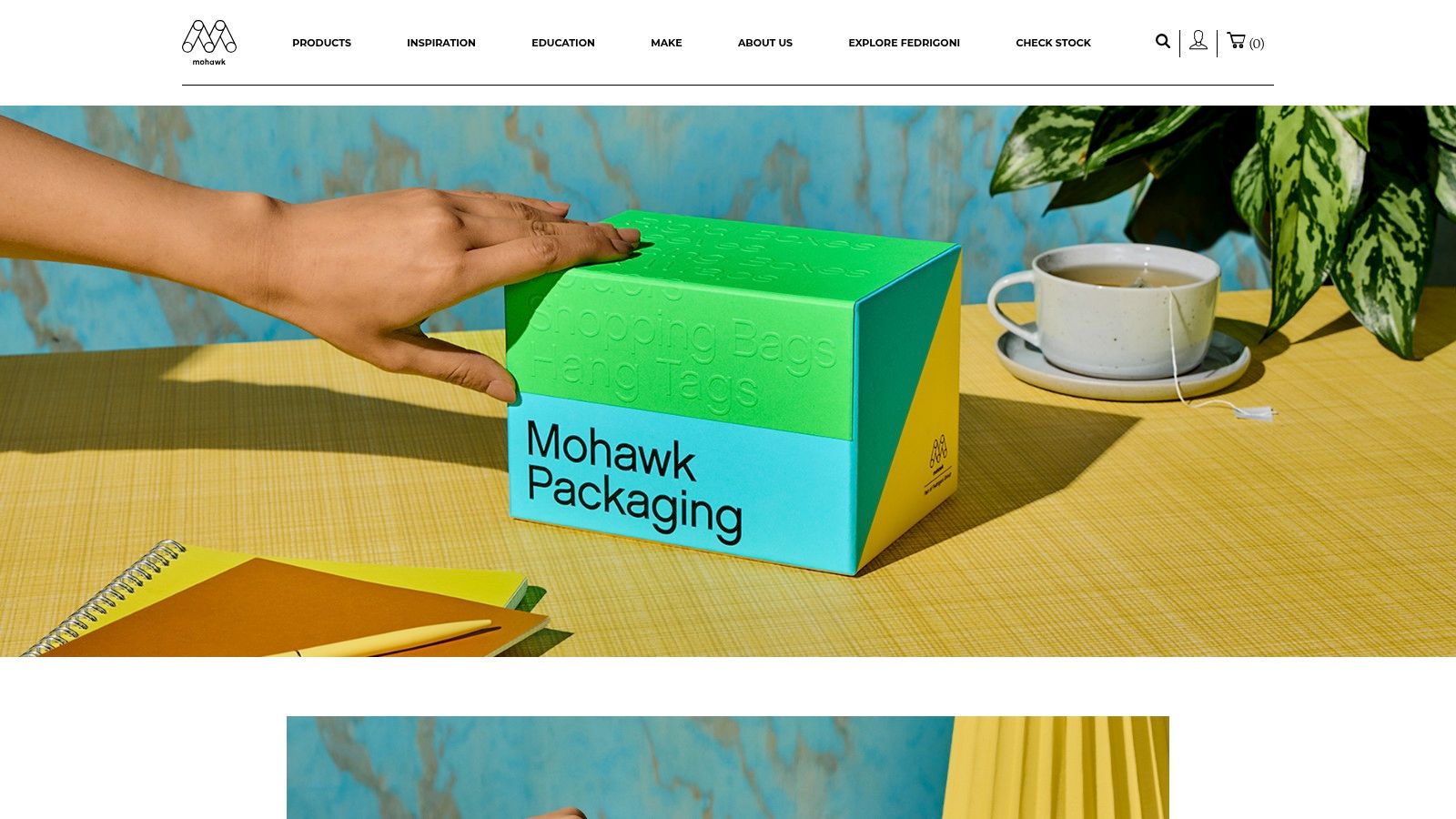
The sheer variety available within this category contributes to its versatility. Thicknesses range from delicate 80gsm paper suitable for intricate designs to robust 5mm corrugated cardboard capable of providing structural integrity for prototypes and packaging. Specialized paper variants like museum board offer enhanced durability and precision cutting properties for archival and display applications. This wide spectrum allows for diverse applications, leveraging the inherent flexibility of paper for folding and forming, or the rigidity of cardboard for creating lightweight yet sturdy structures.
For laser cutting, cardboard and paper typically require low power settings (10-40W), contributing to faster cutting speeds compared to denser materials like wood or acrylic. This efficiency makes them excellent for quickly iterating designs and creating prototypes at minimal cost. Furthermore, their cellulose composition results in minimal or no harmful emissions during the laser cutting process, making them an environmentally friendly choice. They are also easily recyclable, further contributing to their sustainability.
Features and Benefits:
- Low Power Requirements: Efficient cutting with 10-40W laser cutters.
- Variety: Available in countless weights, colors, and finishes.
- Versatility: Excellent for scoring, folding, origami, and packaging applications.
- Eco-Friendly: Recyclable and produces minimal emissions during laser cutting.
- Structural Potential: Corrugated cardboard offers lightweight structural strength.
Pros:
- Cost-Effective: Ideal for prototyping and testing designs.
- Environmentally Friendly: Minimal harmful emissions during laser cutting.
- Fast Cutting Speeds: Quick turnaround for projects.
- Layering Capability: Create dimensional pieces with ease.
Cons:
- Limited Durability: Susceptible to moisture and wear.
- Burning Potential: Edges can char if laser settings are not optimized.
- Thickness Limitations: Not as thick as other laser cutting materials.
- Not for Structural Applications: Unsuitable for load-bearing designs.
Implementation Tips:
- Optimize Laser Settings: Test different power and speed settings on scrap material to avoid burning or charring.
- Consider Masking: Applying masking tape can protect delicate paper surfaces and minimize charring.
- Vector Cutting: Use vector files for intricate designs and precise cuts.
- Scoring and Folding: Utilize the laser's scoring capabilities to create crisp fold lines for boxes and other 3D structures.
While pricing can vary based on weight, finish, and quantity, cardboard and paper remain among the most economical laser cutting materials available. For more information on specific paper and cardboard products suitable for laser cutting, visit Mohawk Connects. This material’s combination of affordability, ease of use, and versatility secures its place as a staple for both novice and experienced laser cutting enthusiasts.
4. Leather
Leather, a premium natural material, stands out among laser cutting materials for its exceptional responsiveness to both laser cutting and engraving. Its versatility makes it suitable for a wide range of applications, from fashion accessories and bookbinding to furniture details and decorative items. Available in various types, including full-grain, top-grain, genuine, and suede, and thicknesses ranging from 0.5mm to 3mm, leather offers flexibility for diverse project needs. The laser's ability to simultaneously cut and seal the edges prevents fraying and adds a polished, dark edge, eliminating the need for additional finishing. This characteristic alone makes it a highly desirable laser cutting material.
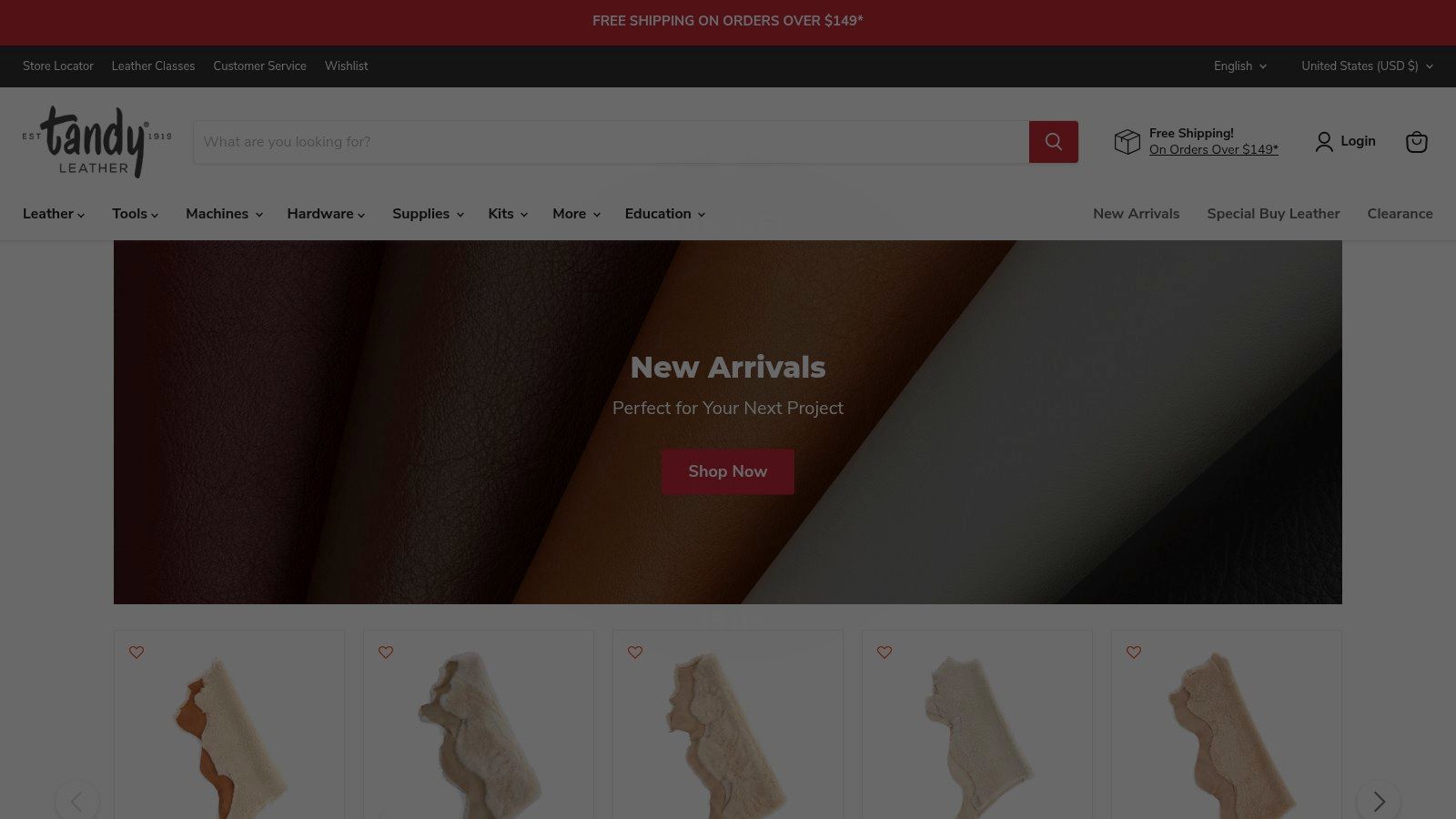
One of the key advantages of using leather as a laser cutting material is the precision and intricacy achievable through laser engraving. The laser can create detailed designs and patterns without cutting through the material, adding a layer of sophistication and customization. This contrast created by engraving is particularly effective for personalization and branding. While various thicknesses are available, understanding the specific requirements of your project is crucial for optimal results. For instance, thinner leather (0.5mm-1mm) is ideal for intricate designs and delicate items like jewelry or keychains, whereas thicker leather (2mm-3mm) is more suitable for robust applications such as belts, bags, or furniture accents.
Different tanning methods also influence the laser cutting process. Vegetable-tanned leather is generally preferred for laser work as it produces fewer harmful fumes than chrome-tanned leather, which can contain chromium salts that release toxic fumes during laser processing. When choosing leather for laser cutting, prioritizing vegetable-tanned options ensures a safer working environment and minimizes potential health hazards. For suppliers offering a variety of leather types and grades, Tandy Leather Factory (https://www.tandyleather.com) is a good starting point. They offer a wide selection suitable for various leatherworking projects.
Pros:
- Creates professional-looking, sealed edges without additional finishing.
- Durable and develops an attractive patina over time, enhancing its aesthetic appeal.
- High-value material that commands premium pricing for finished goods.
- Engraving creates contrast and detail without the need to cut through the material.
Cons:
- Relatively expensive compared to synthetic alternatives like faux leather.
- Natural variations in grain and thickness can lead to inconsistent cutting results, requiring careful material selection and testing.
- Some types of leather, especially chrome-tanned, produce strong odors and potentially harmful fumes when laser cut, necessitating proper ventilation.
- Quality can vary significantly between suppliers and grades, emphasizing the importance of sourcing from reputable providers.
Leather's unique properties and the clean, finished results achievable through laser cutting make it a valuable material for a wide range of professionals and hobbyists. While the cost and potential for variability require careful consideration, the ability to create high-quality, personalized products makes leather a compelling choice for anyone working with laser cutting technology. From intricate jewelry designs to robust furniture components, leather’s versatility and compatibility with laser cutting open up a world of creative possibilities.
5. Thin Metals (Stainless Steel, Aluminum)
Thin metals, particularly stainless steel and aluminum, are popular laser cutting materials for a variety of applications due to the precision and speed the process offers. From industrial manufacturing to intricate jewelry design, laser cutting these materials allows for complex geometries and fine details that would be challenging or impossible to achieve with traditional methods. This makes them a cornerstone material choice in numerous industries.
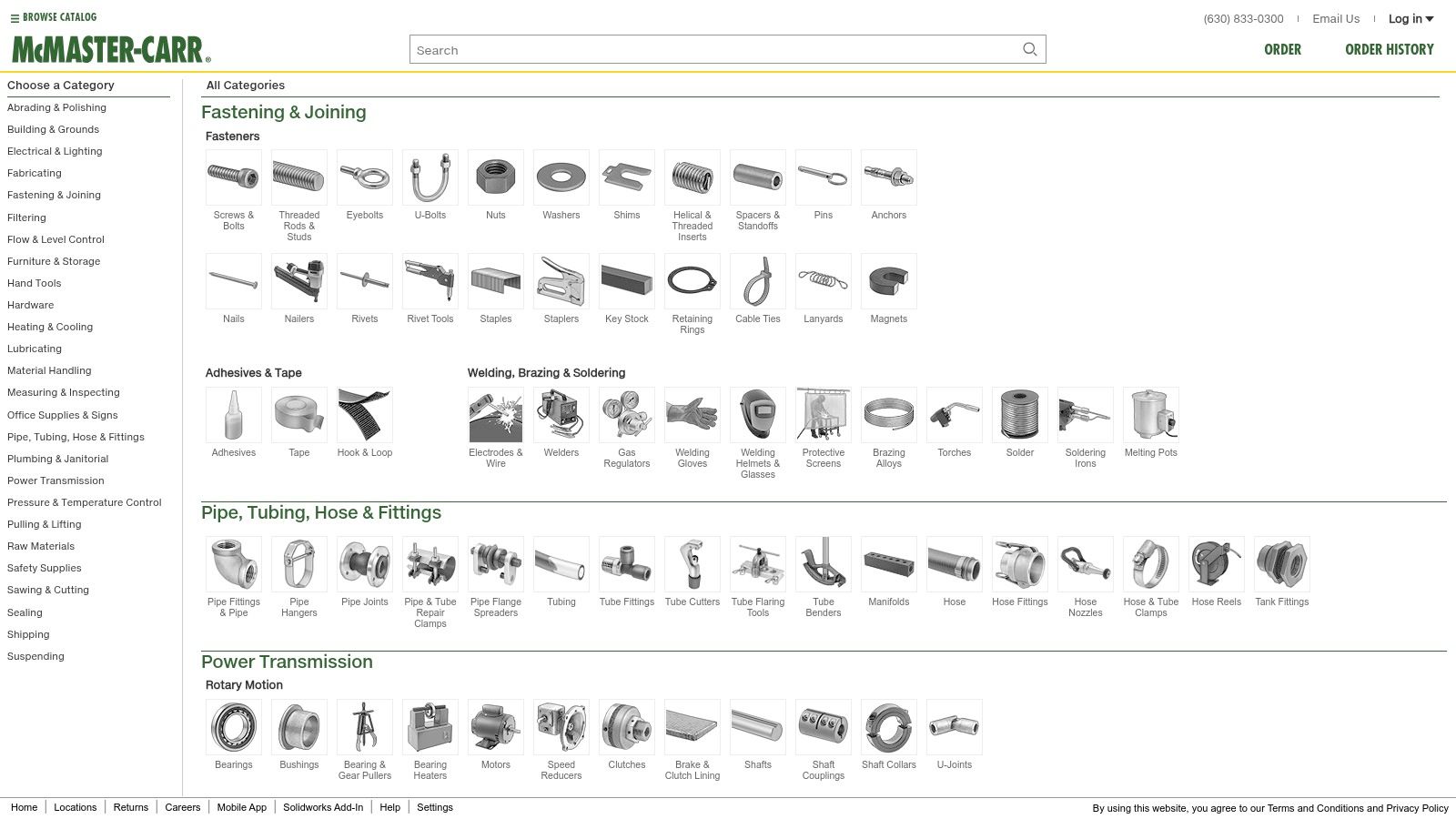
High-powered fiber or CO2 lasers, typically 1000W or more, are required for optimal results when laser cutting thin metals. Stainless steel can be cut with relative ease up to thicknesses of 10mm. Aluminum, however, presents a unique challenge due to its high reflectivity, which can scatter the laser beam and potentially damage the cutting head. This reflectivity generally limits the cuttable thickness of aluminum to between 3-6mm, depending on the specific laser system and setup. Learn more about Thin Metals (Stainless Steel, Aluminum)
The use of assist gases, such as nitrogen or oxygen, is crucial for achieving clean, dross-free cuts in both stainless steel and aluminum. These gases help to expel molten metal from the kerf (the width of the cut), preventing re-solidification and ensuring a smooth edge finish. Laser cutting can achieve incredibly intricate designs with kerf widths as small as 0.1mm, allowing for exceptional detail and precision.
While specific pricing for laser cutting services varies depending on material thickness, complexity of the design, and volume, it's generally more expensive than traditional cutting methods for simpler designs. However, for complex geometries, laser cutting becomes significantly more cost-effective due to reduced tooling and setup times. You can find a variety of thin metal stock at suppliers like McMaster-Carr.
Pros of Laser Cutting Thin Metals:
- Extremely precise cuts with minimal material deformation: This is especially important for precision components and intricate designs.
- No mechanical contact means no tool wear: This reduces maintenance costs and downtime.
- Can cut complex geometries impossible with traditional methods: This opens up a world of design possibilities.
- Minimal heat affected zone compared to plasma cutting: This reduces warping and distortion, especially crucial for thin materials.
Cons of Laser Cutting Thin Metals:
- Requires high-powered, expensive laser systems: The initial investment can be substantial.
- Highly reflective metals like aluminum pose safety hazards: Proper safety precautions and specialized equipment are necessary.
- Limited thickness capabilities compared to water jet or plasma cutting: While effective for thin metals, laser cutting isn't suitable for thicker materials.
- Higher energy consumption compared to cutting softer materials: This can impact operating costs.
Implementation/Setup Tips:
- Ensure proper ventilation to remove fumes and particulate matter generated during the cutting process.
- Use appropriate safety eyewear designed for laser operation.
- Carefully select the appropriate assist gas and pressure for the specific material and thickness being cut.
- Consider using a chiller system to regulate the laser's operating temperature for optimal performance and longevity.
Laser cutting of thin metals like stainless steel and aluminum offers a powerful and precise solution for a broad range of applications. While the initial investment in laser cutting equipment can be significant, the benefits of speed, precision, and design flexibility make it a worthwhile investment for many industries.
6. Fabric and Textiles
Fabric and textiles represent a highly versatile category of laser cutting materials. From delicate silks to robust synthetics, the precision and efficiency of laser cutting offer significant advantages over traditional methods. The laser's ability to simultaneously cut and seal the material eliminates fraying, a common issue with mechanical cutting, and opens up a world of possibilities for intricate designs and detailed patterns. This makes laser cutting an invaluable tool for various applications, from high-fashion garments to technical textiles. Whether you're working with natural fibers like cotton, silk, and wool, or synthetics such as polyester and nylon, laser cutting offers a clean, precise finish.

One of the most significant advantages of laser cutting fabric is the elimination of mechanical contact. This is especially crucial when working with delicate or easily distorted materials. The non-contact nature of the process ensures the fabric maintains its integrity and shape, leading to cleaner cuts and a more professional finish. Furthermore, the ability to cut multiple layers simultaneously dramatically increases production speed, making laser cutting a highly efficient option for both small-scale projects and larger production runs. Typical cutting thicknesses range from single-layer fabrics up to approximately 5mm of compressed material. The ability to cut intricate patterns with exceptional precision positions laser cutting as a superior choice for applications like fashion design, interior decorating (think custom curtains and upholstery), costume making, and even the creation of technical textiles used in various industries.
While laser cutting offers numerous advantages, certain considerations are essential. Synthetic fabrics, for example, can melt or produce potentially toxic fumes if incorrect power settings are used. Careful monitoring of the cutting process is vital to mitigate the risk of fire and ensure operator safety. Slight discoloration can sometimes occur at the cut edges, especially with certain synthetics, and this should be factored into the design process. Finally, while extremely efficient for smaller runs and complex designs, laser cutting may be more expensive than traditional die-cutting for large-scale, simple-shape production runs.
Features:
- Laser seals edges as it cuts, preventing fraying
- Can cut intricate patterns with exceptional precision
- Works with both natural and synthetic fabrics
- Multiple layers can be cut simultaneously
- Typical cutting thickness ranges from single layer to 5mm compressed fabric
Pros:
- No mechanical contact means delicate fabrics aren't distorted
- Eliminates the need for hemming in many applications
- Allows for mass customization with digital workflow
- Significantly faster than hand-cutting for complex designs
Cons:
- Synthetic fabrics may melt or produce toxic fumes
- Slight discoloration sometimes occurs at cut edges
- Fire risk requires careful monitoring during cutting
- Higher cost compared to traditional die cutting for large production runs
For those interested in exploring fabrics and textiles for laser cutting, Mood Fabrics (https://www.mood.com) provides a wide selection of materials suitable for this process. Their extensive range caters to diverse needs, from delicate lace to heavy-duty canvas, making them a valuable resource for both professionals and hobbyists. Fabric and textiles rightfully earn their place in this list of laser cutting materials due to their versatility, the precision achievable with laser cutting, and the wide-ranging applications they unlock. For anyone looking to push the boundaries of fabric design and production, laser cutting is a powerful tool to consider.
7. Rubber and Foam
Rubber and foam are incredibly versatile laser cutting materials, encompassing a wide range of options like natural rubber, silicone, neoprene, EVA foam, and polyurethane foam. This makes them suitable for a diverse array of applications, from creating custom gaskets and seals for industrial machinery to crafting intricate designs for hobby projects. The ability of laser cutters to produce clean, precise cuts with sealed edges makes these materials particularly well-suited for applications where preventing fraying or unraveling is crucial, such as insulation, packaging inserts, and even soft robotics components.
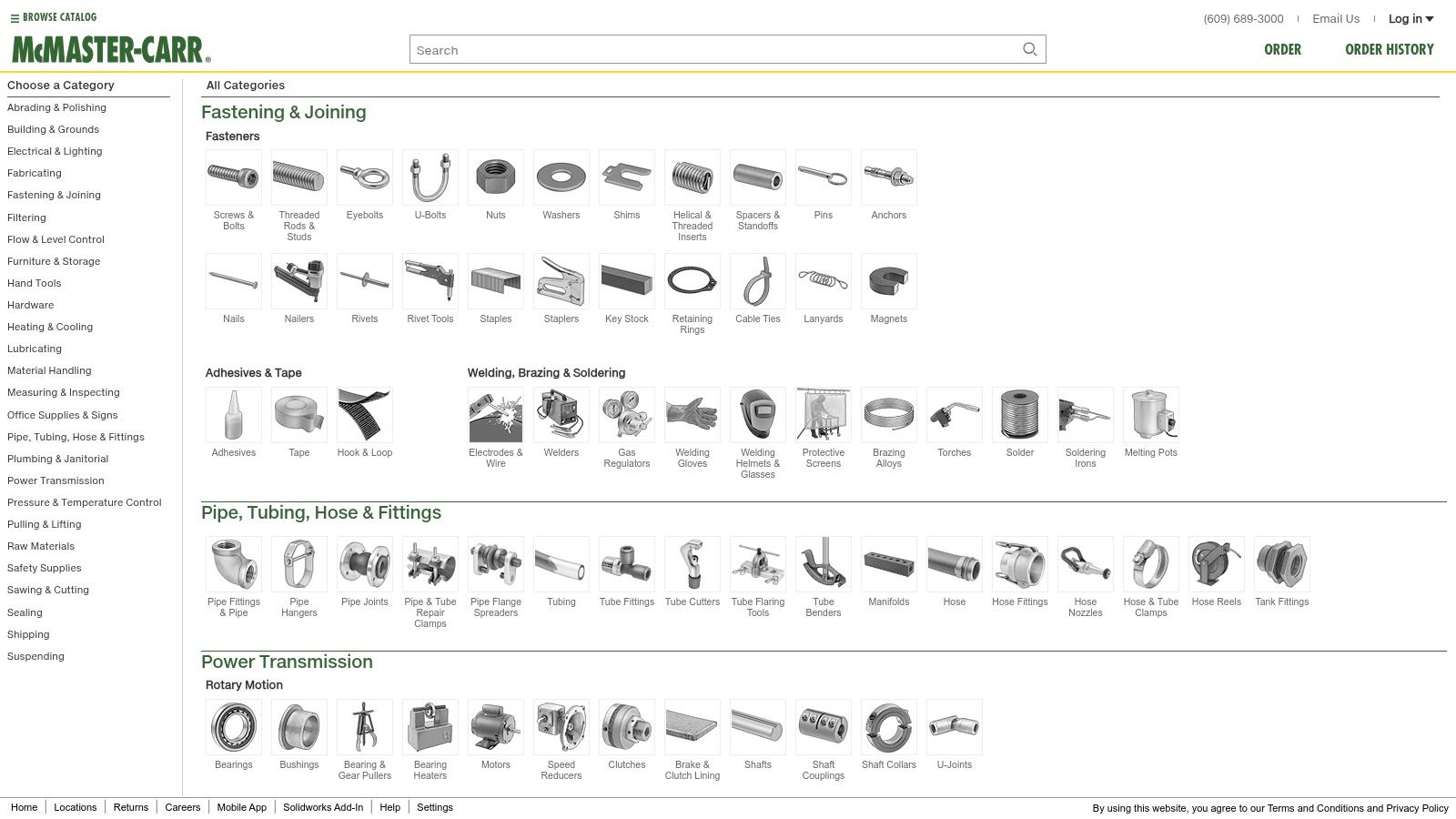
Laser cutting offers significant advantages when working with rubber and foam. The non-contact nature of the process eliminates the compression and distortion that can occur with traditional mechanical cutting methods, preserving the integrity of these soft, flexible materials. This is particularly important when creating intricate designs or working with delicate foams. Thicknesses ranging from 0.5mm to 25mm can be effectively cut, depending on the material density and the power of the laser cutter. From soft foams used in cushioning and packaging to the firm rubber compounds required for gaskets and seals, laser cutting provides the precision and control necessary for a wide spectrum of laser cutting materials. For a deeper dive into the world of these materials, learn more about Rubber and Foam.
Features:
- Clean cuts with minimal deformation or compression.
- Sealed edges prevent fraying in open-cell foams.
- Capable of cutting complex shapes with small internal features.
- Thickness range from 0.5mm to 25mm depending on density.
- Various densities from soft foams to firm rubber compounds.
Pros:
- Creates precise, reproducible parts with tight tolerances.
- No mechanical pressure means soft materials maintain their shape.
- Zero tooling costs for custom or small-batch production, making it ideal for prototyping and specialized applications.
- Minimal material waste compared to die-cutting, contributing to cost-effectiveness and sustainability.
Cons:
- Some synthetic rubbers produce harmful fumes when laser cut, requiring adequate ventilation and safety precautions. Certain materials, like silicone, can reflect laser energy, making them challenging to process.
- Melting can occur if power settings are too high, necessitating careful calibration and testing.
- Dense rubber may have limitations in maximum cutting thickness, influencing material selection for specific projects. While McMaster-Carr (https://www.mcmastercarr.com) offers a variety of rubber and foam products, confirming their laser-cutting suitability is crucial.
While pricing for rubber and foam sheeting varies greatly depending on the specific material and supplier, laser cutting offers a cost-effective solution due to minimal material waste and the elimination of tooling costs. Technical requirements depend primarily on the laser cutter’s power and the chosen material’s density. Experimentation with different power settings and cutting speeds is often necessary to achieve optimal results. When setting up for laser cutting rubber or foam, ensure proper ventilation to mitigate any potential fumes. Masking the material can also help protect the surface and reduce the risk of scorching. By carefully considering these factors, both professionals and hobbyists can leverage the precision and versatility of laser cutting to unlock the full potential of rubber and foam materials.
8. Delrin (Acetal)
Delrin (acetal, polyoxymethylene/POM) is a high-performance engineering thermoplastic ideal for laser cutting materials due to its exceptional machinability and desirable material properties. This material stands out for producing precise, clean cuts with minimal melting or discoloration, a common issue with other engineering plastics when subjected to laser cutting. Its high strength, stiffness, and dimensional stability make it a popular choice for a wide range of applications, including mechanical parts, gears, bearings, electrical insulators, and precision components requiring tight tolerances.
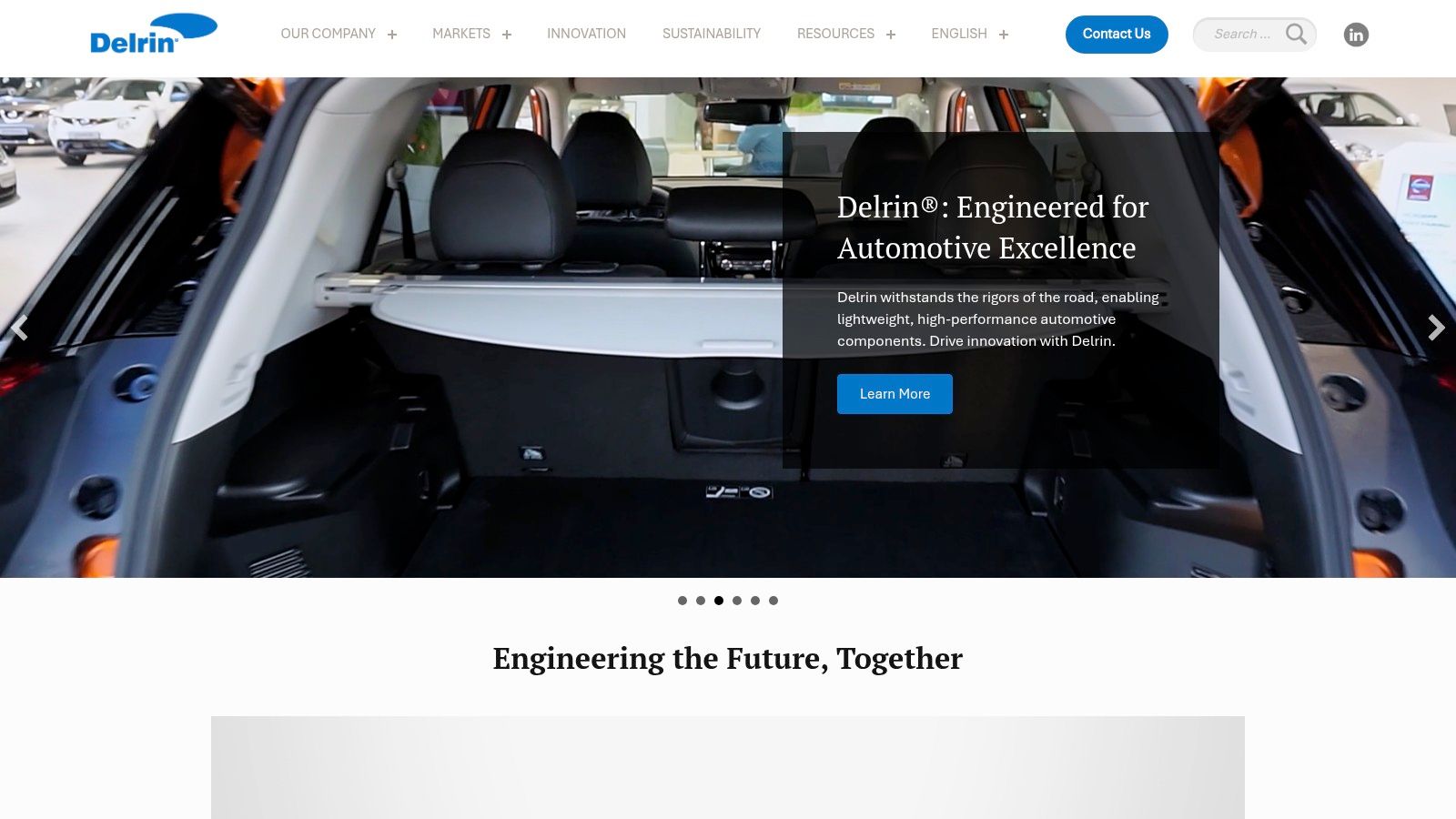
Delrin's suitability for laser cutting stems from its ability to cleanly vaporize under the laser beam, resulting in a minimal heat-affected zone (HAZ). This allows for intricate designs and fine details to be achieved with high accuracy. The low friction coefficient of Delrin (0.2) is another significant advantage, making it an excellent choice for moving parts such as gears and bearings. Its good electrical insulation properties further broaden its applicability in electrical components and assemblies. Typically available in sheet thicknesses from 0.5mm to 25mm, natural white and black are the most common colors, but other colors can be found for specialized applications.
Features & Benefits:
- High Mechanical Strength: With a tensile strength of 10,000 psi, Delrin exhibits excellent durability and can withstand significant mechanical stress.
- Dimensional Stability: Delrin maintains its dimensions even in humid environments, ensuring the reliability and consistency of laser-cut parts.
- Low Friction: The low friction coefficient contributes to smooth operation and reduced wear in moving parts.
- Electrical Insulation: Its dielectric strength of 500 V/mil makes it a reliable insulator for electrical applications.
- Precise Machining: Laser cutting Delrin allows for tight tolerances (±0.025mm) with appropriate laser settings.
- Available Thicknesses: The wide range of available thicknesses (0.5mm to 25mm) caters to diverse project requirements.
Pros:
- Clean cuts with minimal heat-affected zone
- Excellent fatigue resistance for mechanical applications
- Good chemical resistance to solvents and fuels
- High precision and tight tolerances achievable
Cons:
- Releases formaldehyde gas during laser cutting, necessitating adequate ventilation.
- Higher cost compared to other common plastics like acrylic or polycarbonate.
- Limited color options, predominantly white and black.
- Thicker sections can exhibit internal stress after cutting.
Implementation Tips:
- Ventilation: Ensure proper ventilation during laser cutting to mitigate formaldehyde exposure.
- Laser Settings: Optimize laser power and speed to achieve clean cuts and minimize heat buildup.
- Material Support: Use a suitable material support structure during cutting to prevent warping, especially for thinner sheets.
Comparison:
Compared to materials like acrylic, Delrin offers superior mechanical strength, stiffness, and dimensional stability, though at a higher price point. While acrylic is easier to laser cut and offers a wider color range, Delrin’s superior performance justifies its use in demanding applications requiring durability and precision.
Pricing (Approximate):
Pricing for Delrin sheets varies based on thickness and supplier. Expect to pay a premium compared to standard plastics. Check with specific suppliers for accurate pricing information.
Website: Learn more about Delrin at the official DuPont website: https://www.dupont.com/brands/delrin.html
Delrin's unique combination of high strength, precision machinability, and excellent material properties makes it a valuable material for laser cutting. While the cost and ventilation requirements should be considered, the benefits often outweigh the drawbacks, especially for demanding applications requiring tight tolerances, durability, and dimensional stability. This makes Delrin a worthy inclusion in any list of top laser cutting materials.
Laser Cutting Material Comparison Table
| Material | 🔄 Implementation Complexity | ⚡ Resource Requirements | 📊 Expected Outcomes | 💡 Ideal Use Cases | ⭐ Key Advantages |
|---|---|---|---|---|---|
| Acrylic (PMMA) | Moderate: Requires ventilation due to fumes | Medium: Laser with careful settings | High: Smooth, polished edges, fine details | Signage, displays, prototypes, decorative items | Excellent optical clarity, durable, flame polishable edges |
| Wood and MDF | Moderate: Burn marks possible, sanding needed | Low-Medium: Standard CO2 laser sufficient | Medium: Natural grain aesthetics, possible burn edges | Crafting, modelmaking, furniture components | Inexpensive, environmentally friendly, good finish acceptance |
| Cardboard and Paper | Low: Simple laser settings, minimal fumes | Low: Low power laser settings required | Medium: Clean cuts, limited durability | Prototyping, packaging, stencils, arts | Cost-effective, fast cutting, recyclable |
| Leather | Moderate: Ventilation advised for fumes | Medium: Precise power control needed | High: Sealed edges with dark contrast | Fashion accessories, bookbinding, decoration | Professional edges, durable patina, premium look |
| Thin Metals (Stainless Steel, Aluminum) | High: Requires high-power fiber lasers and assist gases | High: Specialized, costly equipment | Very High: Precise, minimal deformation | Industrial parts, jewelry, signage | Extreme precision, complex geometries, no tool wear |
| Fabric and Textiles | Moderate-High: Careful settings to avoid melting | Medium: Laser with adjustable power | High: Sealed edges, intricate patterns | Fashion, interior design, costume making | No fraying, mass customization, fast for complex designs |
| Rubber and Foam | Moderate: Some materials produce fumes | Medium: Adjustable laser power | High: Precise cuts, sealed edges | Gaskets, seals, craft projects, packaging | No compression, tight tolerances, minimal waste |
| Delrin (Acetal) | High: Emits formaldehyde, requires ventilation | Medium-High: Controlled laser settings | High: Clean, precise cuts with minimal melting | Mechanical parts, gears, insulators | High strength, dimensional stability, tight tolerances |
Choosing the Perfect Laser Cutting Material
Selecting the right laser cutting material is crucial for project success. From the versatility of acrylic and wood to the intricate detailing possible with leather and fabric, and even the industrial applications of thin metals like stainless steel and aluminum, the range of laser cutting materials offers immense creative and manufacturing potential. Remember to consider factors such as material thickness, laser compatibility, and desired aesthetic when making your choice. Whether you're working with cardboard for a quick prototype or Delrin for a high-precision part, understanding the unique properties of each laser cutting material is essential. Optimizing your material selection will minimize waste, maximize efficiency, and ensure the quality of your final product.
Key takeaways for choosing the best laser cutting materials include:
- Match the Material to the Project: Acrylic offers vibrant colors and durability, while wood provides a natural aesthetic. Consider the application and desired finish.
- Thickness Matters: Thicker materials require more laser power and slower cutting speeds. Be mindful of your laser cutter's capabilities.
- Laser Compatibility: Not all materials react the same way to laser cutting. Research the specific settings and considerations for each material.
By carefully evaluating these factors, you can achieve professional-grade results with your laser cutting projects. For a deeper understanding of laser cutting materials, emerging technologies, and industry insights, especially focusing on innovations from China, visit Laser Insights China. They offer valuable resources and expert perspectives on laser cutting and related fields, which can help you stay at the forefront of this dynamic industry. Discover the latest advancements in laser cutting materials and elevate your projects to the next level.
